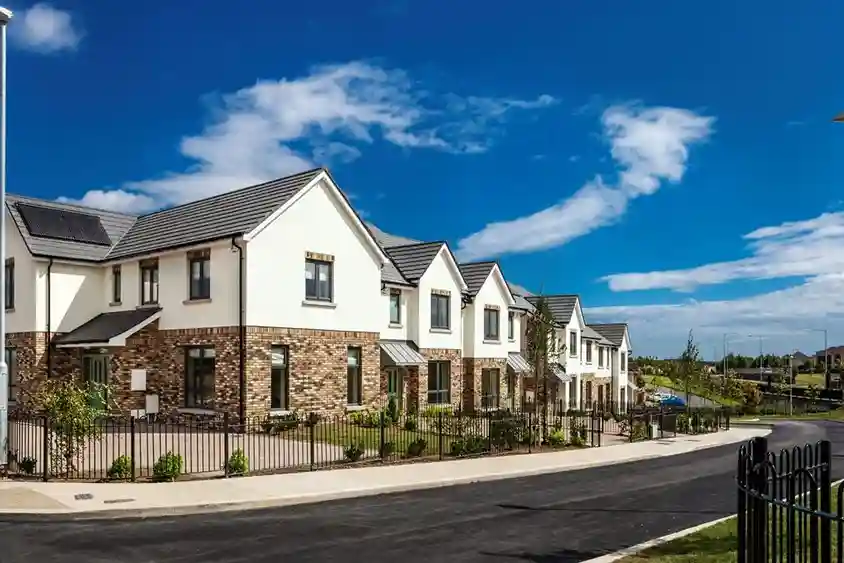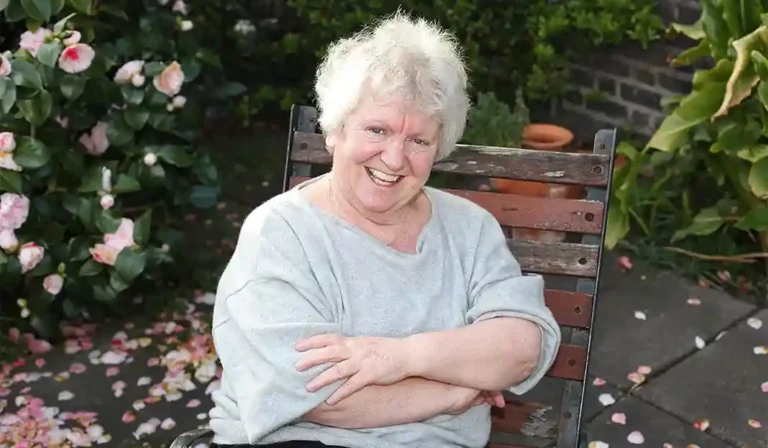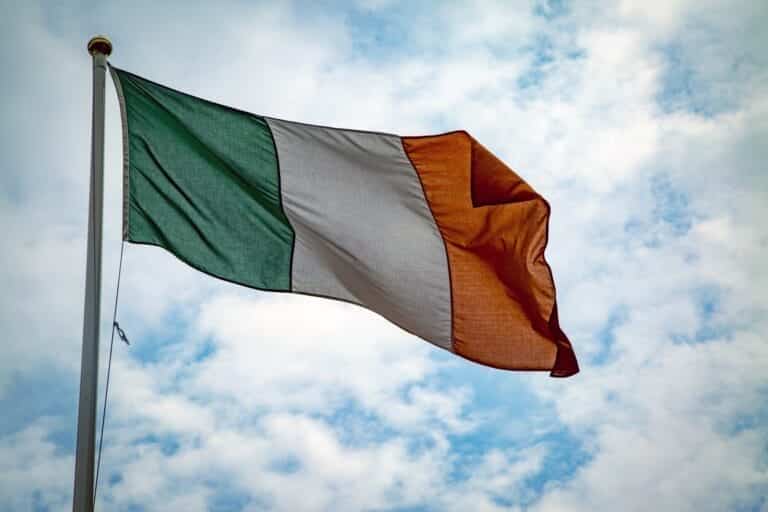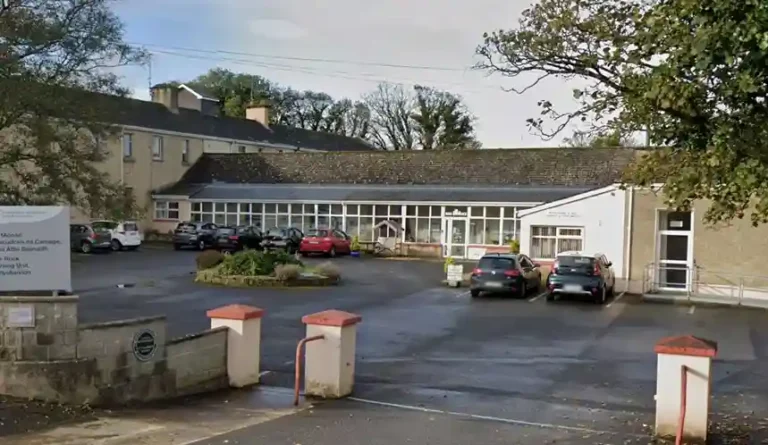House Prices Touch Approximately 9% Inflation Till June, Said CSO

House prices increased with approximately 9 per cent inflation over the year till June, according to figures generated by the Central Statistics Office (CSO). Since October 2022, it has been the highest residential property inflation Ireland has ever seen.
The monthly rate of increase in pricing is 0.7 per cent in June, which shows high acceleration, as compared to 0.4 per cent in May.
(Also read: 4.9% Surge in House Prices expected outside Dublin in 2024)
In Dublin only, the acceleration in house prices rose to 9.3 per cent till June. However, outside Dublin, the rate was comparatively lesser, being 8.2 per cent.
If a nationwide comparison is made, the median price of purchasing a home till June was €337,500. Moreover, the lowest median price in Longford was €169,000 while the same price at its highest level was €630,000 in Dún Laoghaire-Rathdown.
Dublin prices remained low for the past three months, CSO said, but now is the time when Dublin led the way throughout the country.
The CSO data also revealed that house price inflation in Dublin was more than the rest of the price inflation in other regions. The inflation in the capital was 10 percent while outside was 8 percent.
The data is different for apartments in Dublin. Apartment prices increased at 6.6 per cent inside Dublin while at 10 per cent outside Dublin.
The region that showed the largest price increase outside Dublin was in the Midwest which involved Clare, Limerick and Tipperary. Collectively, the housing price inflation was a massive 12 percent.
The lowest inflation was observed in regions Carlow, Kilkenny, Waterford and Wexford. The inflation was only 5.6 per cent.
CSO data comparisons for house prices
When CSO made comparisons with the data of the property boom in April 2007, the property prices are now 10.8 per cent higher across the country in the current year.
CSO said that Dublin residential property still showed a lower increment as compared to the peak in February 2007.
Nationally, the overall prices are 11.5 per cent higher in comparison with May 2007 peak data in Ireland.
When comparisons in troughs are made with the current and 2007 peak years, the residential property prices have risen majestically by 147.1 per cent from their trough.
Also, CSO disclosed that only in June, the first-time buyers of residential property were 35 per cent of the entire data. 12 per cent were non-occupiers while 53 per cent were the owner-occupiers of transacted properties.
The chairperson of Irish Mortgage Advisors, Trevor Grant, stated, “This is the tenth consecutive month that annual housing costs have increased and means that many prospective first-time buyers will continue to see their chances of buying a home slip away from them”.
He stated that several reasons are playing their part in the house price inflation. It could possibly be due to “housing supply combined with continued level of demand”. Another reason, according to Grant, is falling interest rates that could instigate housing price growth in future.
He also predicted the fall in the private home availability for the new buyers is also a major driver in the price rise. They are bidding against trader-uppers/movers that are putting pressure on second-hand prices, he claimed.
The supply and demand mismatch factor was corroborated by the Economic and Social Research Institute (ESRI) estimates that suggested a new demand of 53,000 homes in Ireland per year to cater to an increasing population growth. Hence, continued residential price inflation would be expected.
The department held a stance that the government is not doing enough in meeting its house-building targets despite Simon Harris’ promises to set “more realistic and ambitious housing targets in the budget this October”. It now becomes mandatory to live up to the expectations of the Irish people so that future inflation can be avoided.






